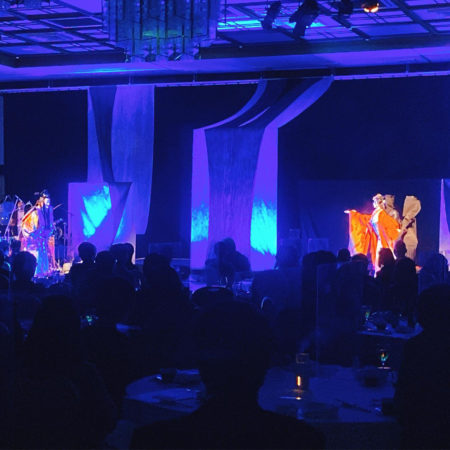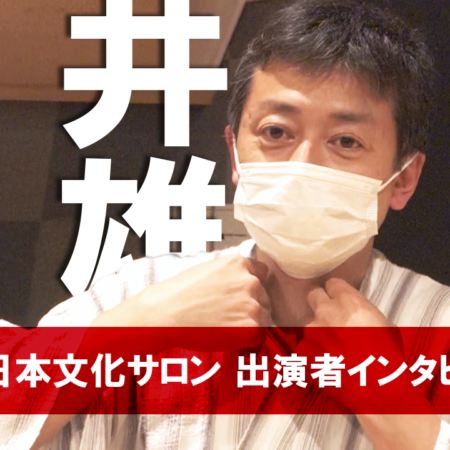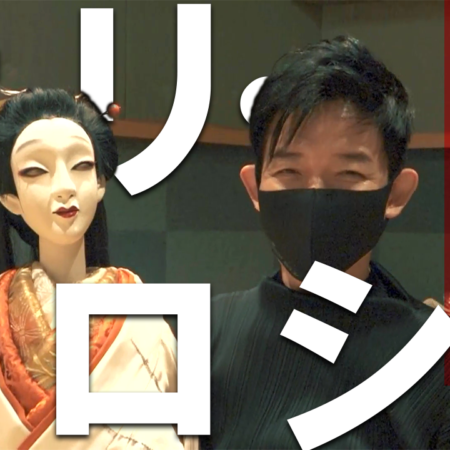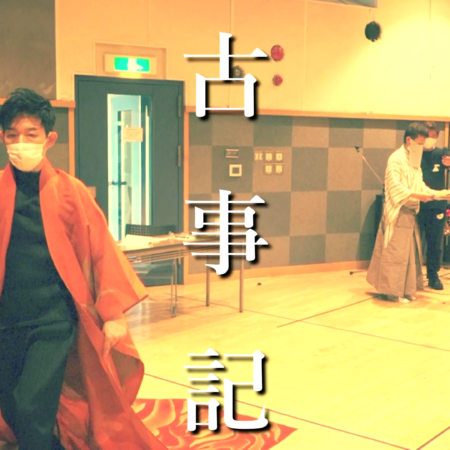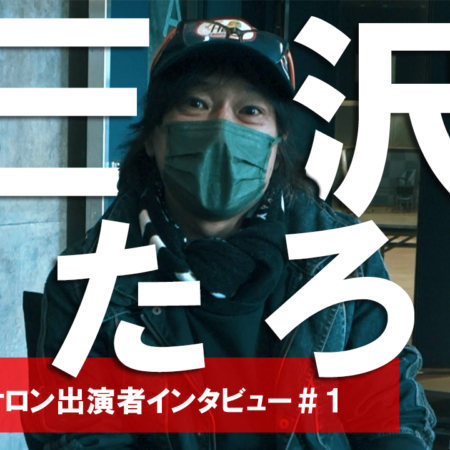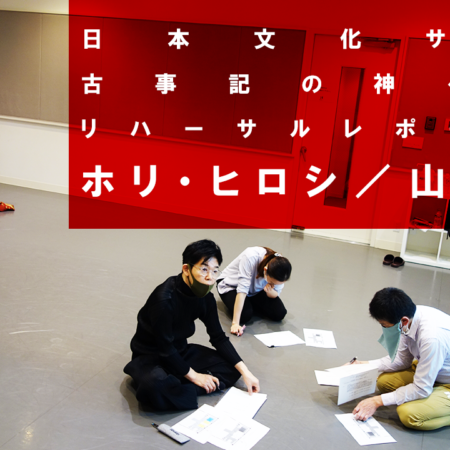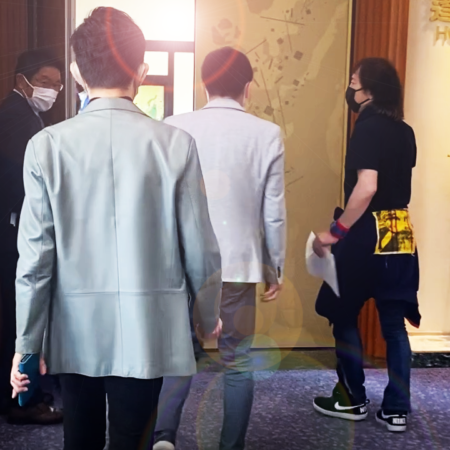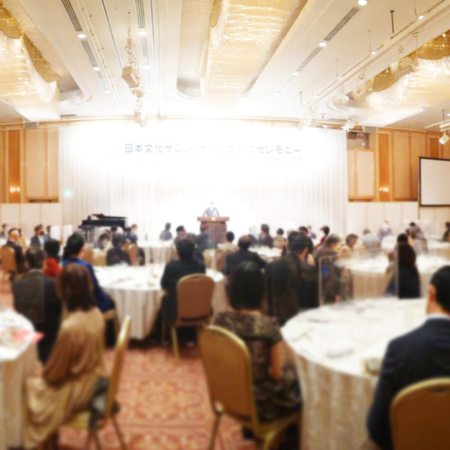SPECIAL
Futures & Issues
What is Bunraku? [Part 2]
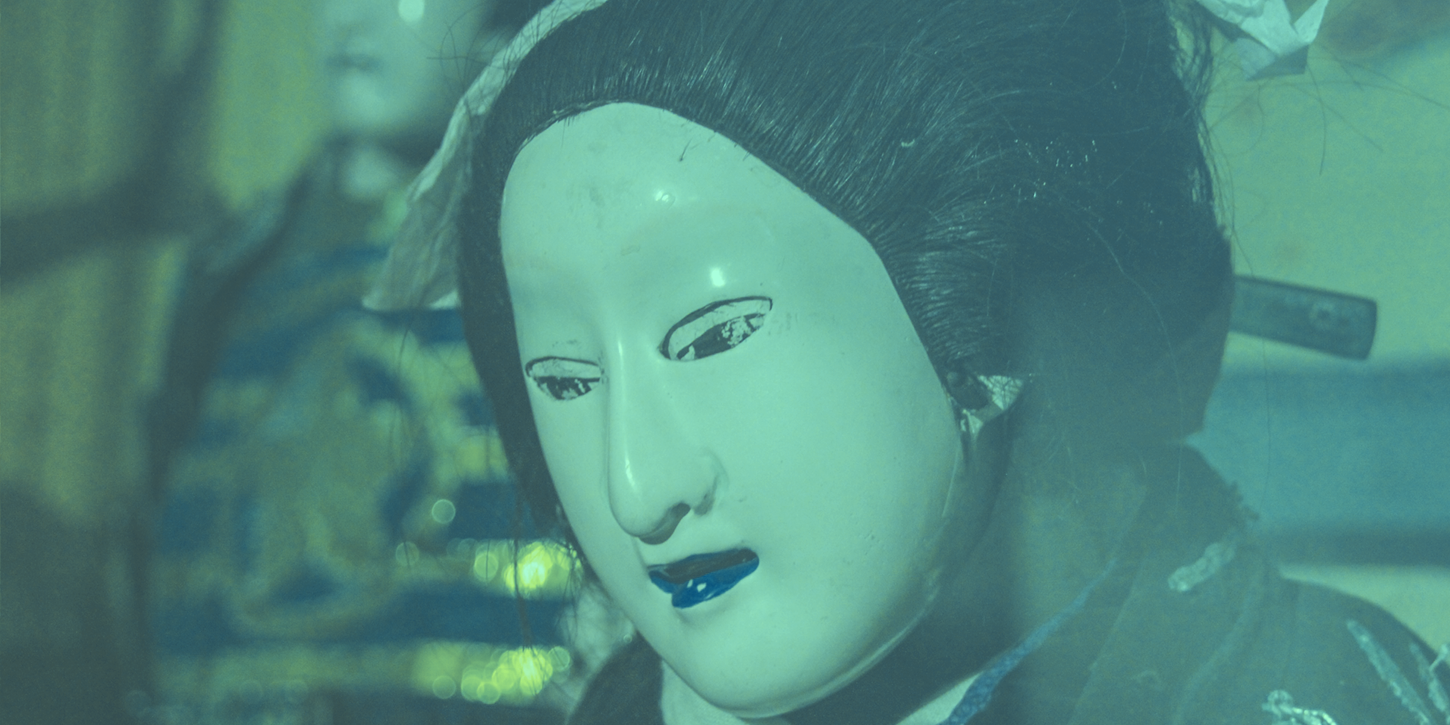
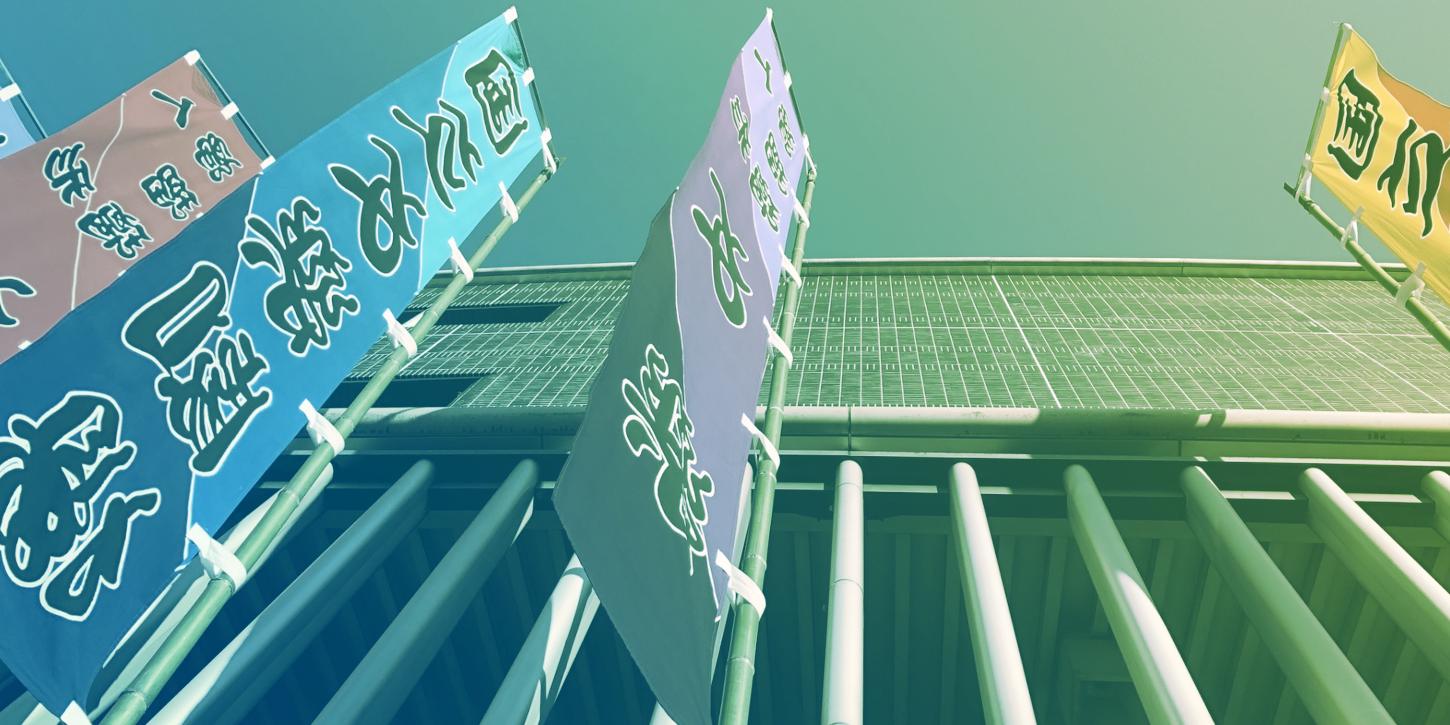
After a turbulent era
Taisho and early Showa eras, a masters were born as such, and a famous stage was developed, but the era was painful due to fire and war damage continued. After the war, Bunrakuza was rebuilt, but it was influenced by the union movement and divided into union and non-unionists. It is divided into union groups (Mitsuwa-kai) and non-union (Chinami-kai), and both factions are struggling in terms of management, and trial and error continues, such as challenging new genres such as “Hamlet” and “Tsubakihime”.
Meanwhile, bunraku will be subject to issues such as the development of successors and the transmission of art as a traditional performing art that the country is proud of, such as the designation of important intangible cultural properties and the recognition of each individual (living national treasure). In this way, the path of public involvement was opened, and with the support of the national government, Osaka Prefecture, Osaka City, and NHK, the Bunraku Association (now the Bunraku Association) was established in 1963, and the conflict between the two factions was resolved. In addition, the National Bunraku Theater was built in Osaka City as a theater dedicated to Bunraku, and Bunraku entered a new era and continues to this day.
Trinity
Bunraku, or Ningyo Joruri, is performed by three people: “Katari-Te (Tayu, storyteller)”, “Shamisen-Hiki (shamisen player)”, and “Ningyo-Zukai (puppet player)”. Among them, Tayu has the initiative. Because, one tayu performed one step before. Now, two or three people share it. In this case, the first part is called “Kuchi (mouth)”, the next is called “Naka (in the middle)”, and the last is called “Kiri (the last)”.
When Tayu speaks alone, he is required to accurately express the characters’ storytelling and even the changes in the scene, so the content of “storytelling” is emphasized along with musical beauty. This is the meaning of “talking” Joruri instead of “singing”.
“Shamisen-hiki” is required to use thick rod, and bachi (plectrum) also have a large and majestic sound. This is because many of the story is tragic. It is not just an accompaniment, but it is necessary to help the Tayu talk and express the contents of the work more accurately. One note of the same scale often produces a different tone, and it is said that it does not play Joruri but “talks about the pattern”.
” Ningyo-Zukai r” is performed by three people. The person in charge of the puppet’s head and right hand is called “Omo-Zukai (main player)”, the person who sends the left hand is called “Hidari (left)-Zukai”, and the person who spends both feet is called “Ashi-Zukai”. It is said that it takes a long time to master it, and it is generally said that it is “10 years of the foot, 10 years on the left”, and it is a severe world where further training is required to become an Omo-Zukai.
To taste humanity and improve education
In the Edo period, Joruri was the greatest pastime for both samurai and townspeople. It does not receive the protection of daimyo and wealthy merchants, but it is that it was made up of Kido coins paid by individuals. A marine quotient Takadaya Kahei, who was detained by a Russian warship in 1812, is said to have brought in several Joruri books while being strictly ordered to “only those around him” when transferred to a Russian warship. In other words, was Joruri so ingrained into the lives of people of this era?
The new world of Joruri opened by Chikamatsu Monzaemon and Takemoto Gidayu still resonates with people because it dramatically expresses the emotions and emotions of all human beings. In other words, by appreciating Joruri, people project themselves into that world.
Instead of being influenced by the actors like Kabuki, the atmosphere of the scene is not influenced by the actors, but the tayu’s talking and shamisen players fall into the illusion that a lifeless doll is alive, and at the end the doll is not manipulated, but the doll seems to be manipulating three puppeteers.
Donald Keene wrote:
There is a direction which thinks that it is almost unbelievable that the puppet manipulated keeping a mysterious balance can give the impression like the person who lives though it is an appearance of the puppeteer who is completely exposed to spectator’s eyes, too. However, such an illusion is always produced there in the fact, and the spectator feels as if three puppeteers are pulled to the doll when the doll is irritated, and it leaves the stage with the footsteps high at the end of the place. In terms of non-photorealistic, Ningyo Joruri even surpasses Kabuki.
–“Endlessly beautiful Japan” Kodansha Gakujutsu Bunko
Coverage cooperation: Rotayu Toyotake, National Theatre
![What is Bunraku? [Part 1]](https://nipponbunkasalon.com/en/wp-content/uploads/2022/02/sp_001-1-120x120.png)
